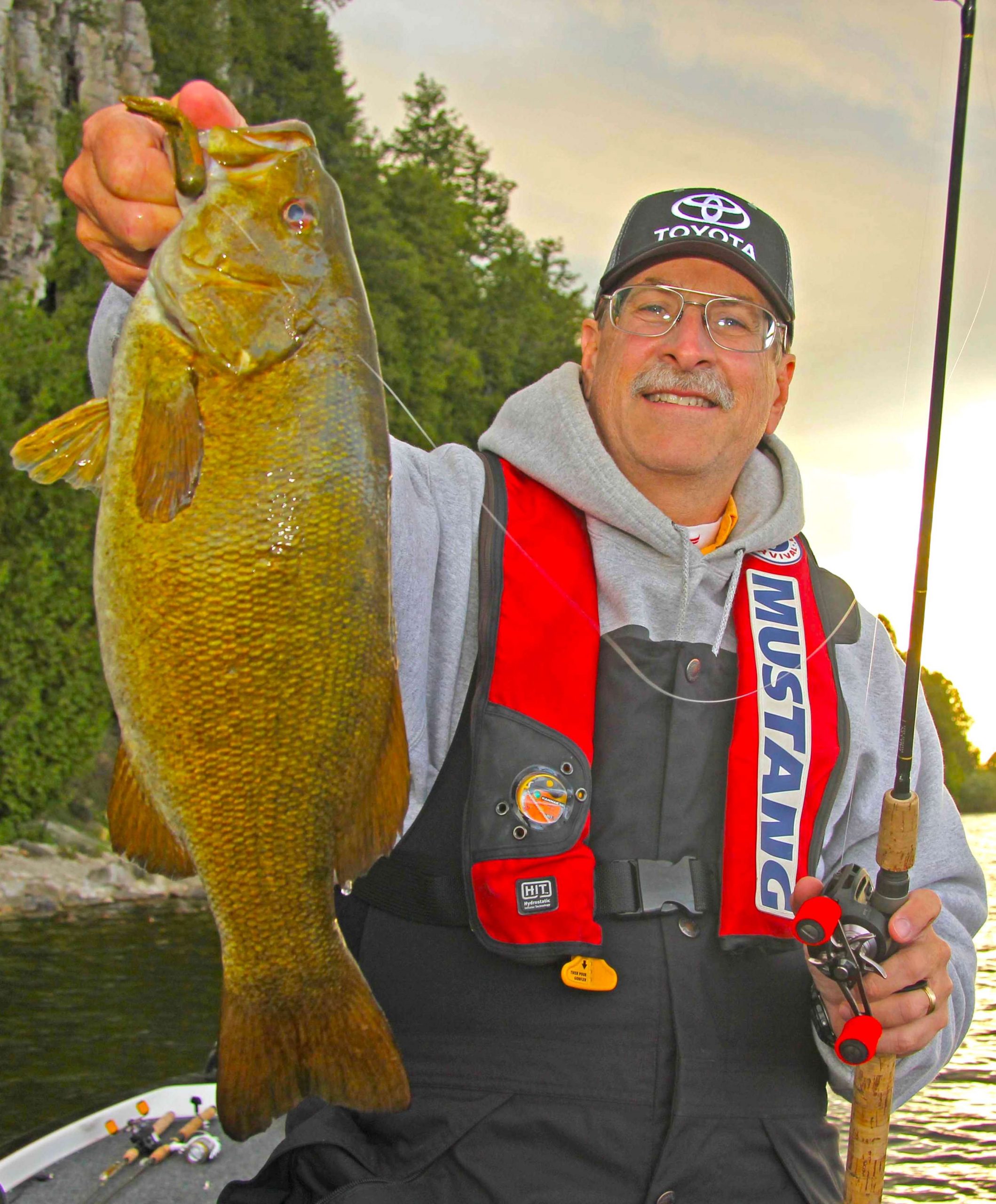
Since BASS released the booklet Keeping Bass Alive, a Guidebook for Anglers and Tournament Organizers, there have been many new innovations and techniques in fish care that anglers and tournament directors should know about. Below are some of the most important:
• Hook removal — New research has shown that you should make every effort to remove hooks using a de-hooking tool; or learn how to properly remove deep hooks by cutting the line and bringing the eye of the hook out through the gill opening, pointing it toward the tail. This rotates the bend in the hook toward the fish's mouth where it can be grasped with long-nosed pliers and pulled free with much less tissue damage.
• Fizzing — Fizzing through the throat is becoming widely used by tournament directors and appears to have fewer drawbacks than older methods. The air bladder is punctured by inserting an 18-gauge hypodermic needle on a long syringe handle through the thin wall of the esophagus. The location for needle insertion is just above the gullet, between the "crusher teeth" in the back of the throat. Check with local authorities about this technique.
• New livewell — Multiple-pump systems with high capacity pumps that move greater volumes of water through the compartment are becoming standard equipment in a growing number of bass boats. Adding a vent tube that draws fresh air into the top of the aspirator tube can increase oxygenation by 100 percent because the device is pulling in fresh air rather than recycling stale gases inside the livewell.
• Oxygen delivery systems — Some new devices can actually generate oxygen inside the livewell. These units cannot provide the oxygen needed to maintain a large creel by themselves, but they can provide supplemental oxygen for extreme conditions. The use of salt or salt-based chemical additives, when combined with these oxygen generators, is discouraged because they can generate chlorine, which can kill fish in the livewell if water is not exchanged regularly.
• Weigh-in bags — Nylon-reinforced bags have become the standard. Punching small holes in the bags will allow water to exchange while in the life-support tanks in the waiting line. In lieu of holes, some bags now have mesh tops or sides that allow even greater water flow. One new design uses a mesh inner bag and a solid vinyl outer shell. The solid bag holds water while the angler walks to the weigh-in line where they pull the mesh liner bag out and submerge it in the life support tank, thereby allowing a free exchange of fresh water. This reduces handling as well because the fish do not have to be transferred from one type of bag to another for weighing.
• Life support tanks — Many tournaments now bubble pure oxygen from a compressed gas cylinder through small-pore diffusers into waiting line tanks. To provide additional aeration in the bags, compressors can be used to push air through hoses fitted with air stones. Alternatively, use large 1,000- to 1,200-gallon-per-hour bilge pumps to move high volumes of aerated water through a plastic pipe manifold that is plumbed over the top of the tank directing streams of water downward into anglers' bags.
• Water monitoring — Low-cost oxygen meters are available that allow monitoring of dissolved oxygen levels in contestant livewells, life support tanks and in live release boats, trailers and hauling tanks. These should be standard equipment for any tournament organization. They also serve as an educational tool, showing contestants how well their livewells are working.
• Weigh-in system — Fish are removed from the tote bags and placed in a perforated plastic box that is submerged in an aerated trough while waiting in line. When it's time for that contestant to weigh in, the box is lifted from the trough and placed into a larger tank of water that is positioned on the scales. Because the fish are in water, they calm more quickly, allowing the tournament official to read the official weight faster. This system minimizes air exposure and fish handling.
• Paper tournaments — While this has been recommended for many years as a way to maximize survival of tournament-caught fish, a few organizations have elevated the format to include on-board observers who serve as judges, weighing each fish the anglers bring aboard using certified scales. Catch, weigh and release — a slight modification to the traditional paper format — allows anglers to bring in a single large bass for the "wow" factor at weigh-in to appeal to spectators and the media.
While these advances in fish care have many advantages, anglers must realize that contestants have to do their jobs of running their livewell aeration systems as efficiently as possible, and the tournament director must follow fish-friendly procedures as well.
Together, we can ensure high survival of released fish.





